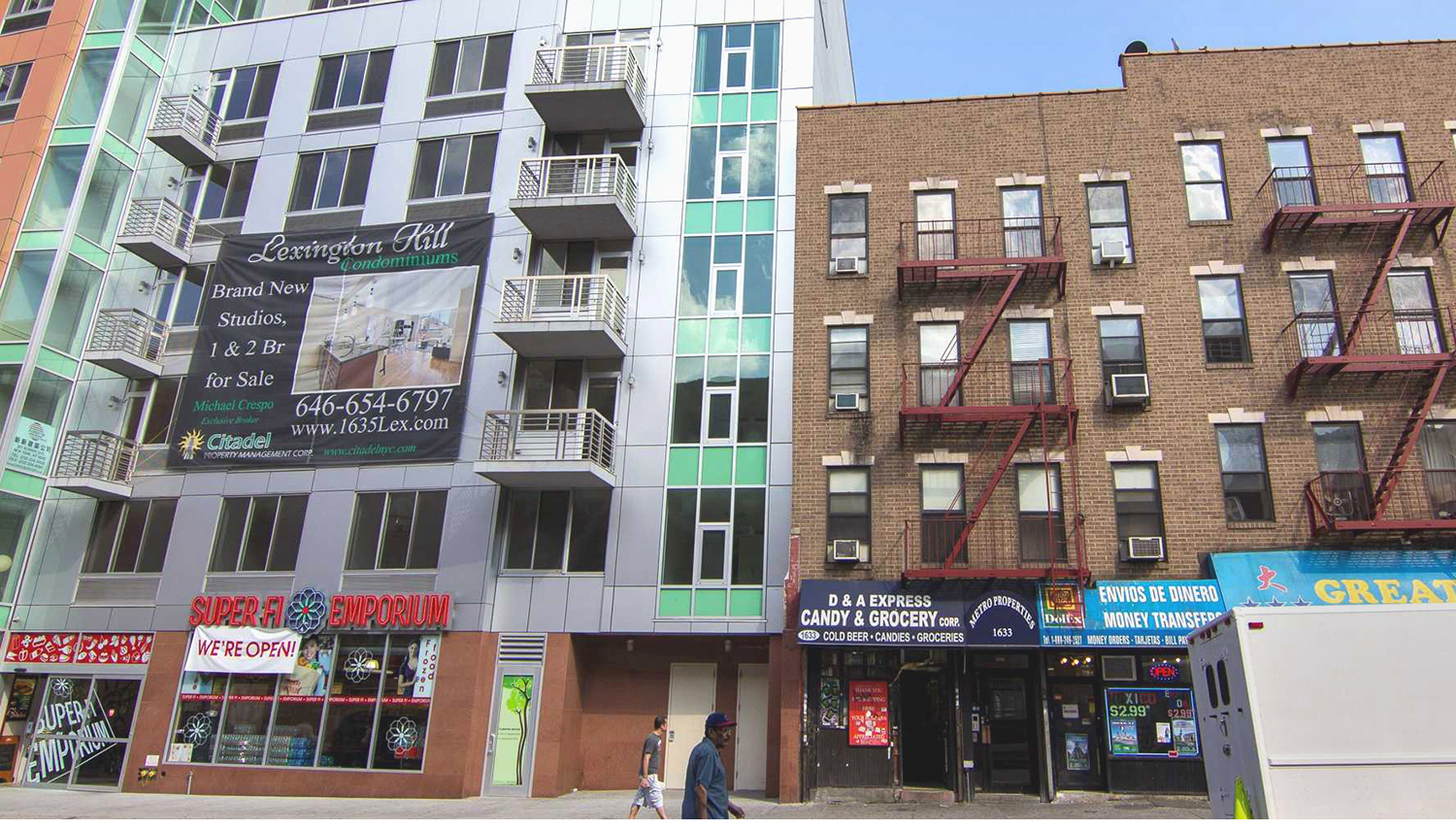Ph.D planning. student’s research reveals method to reduce negative effects of urban gentrification

Myungshik Choi

David Matarrita Cascante

Shannon Van Zandt
The ill effects of gentrification, which include pushing lower-income families from their homes and reducing affordable housing availability, are decreased by programs that lease public property to low-income households in gentrifying neighborhoods, said former Texas A&M [Ph.D. in Urban and Regional Sciences] (http://laup.arch.tamu.edu/academics/graduate/ursc/) student Myungshik Choi.
These programs, known as community land trusts, are a method for maintaining permanent housing affordability, said Choi, an associate research fellow at the Korea Research Institute for Human Settlements. He described the study and his findings in a paper [published] (https://www.tandfonline.com/doi/abs/10.1080/07352166.2017.1362318) Sept. 2017 in the Journal of Urban Affairs, which prints scholarly papers focusing on urban research and policy analysis.
In the CLT model, a community — often a nonprofit organization — owns and leases land to individual residents who buy dwellings on the land, which is typically acquired through donation or purchase. CLTs preserve housing affordability by imposing restrictions on the resale prices of their units and serve as long-term stewards of the land.
The study shows that CLTs benefit gentrifying neighborhoods by stabilizing a community’s income levels, maintaining the availability of rental units and taming rising housing prices, [said] (https://www.pghcitypaper.com/pittsburgh/can-community-land-trusts-slow-gentrification-in-pittsburgh/Content?oid=8470267) Sasha Hauswald, an Oakland, Calif. based affordable housing advocate, who analyzed Choi’s work.
Choi, who sought to address a lack of research about CLTs effects on gentrifying neighborhoods in his study, used statistical models to compare housing prices, resident income and other data in gentrified and nongentrified neighborhoods with and without CLTs throughout the U.S.
He also analyzed responses from CLT directors he interviewed about their programs’ socioeconomic effects.
“City governments can consider using a CLT program as a way of slowing down the effects of gentrification, so they can reduce its negative effects and keep incumbent residents in their dwellings,” said Choi. “A community can also utilize a CLT to keep its neighborhood affordable and stable as it gentrifies.”
Choi, conducted the study with Shannon Van Zandt, head of the Texas A&M [Department of Landscape Architecture and Urban Planning] (http://laup.arch.tamu.edu/) , and David Matarrita-Castante, Texas A&M associate professor of recreation, park, and tourism sciences.
Richard Nira
rnira@arch.tamu.edu
Tags
- archone gallery
- coa gallery
- graduate work
- land development
- landscape architecture & urban planning
- laup gallery
- planning
- research
- rss
Related Posts

Texas A&M hazard team's 'scorecard' adopted by Norfolk

Grad LAND students design green West Campus master plan

Aggie scholars help develop disaster resilience software
Follow Us
Facebook Twitter Vimeo Youtube Flickr RSS
Recent Posts

Planning prof heads study of disaster housing aid

A message from the dean

Former student remembered as expert planner

Leading educator named new head of Architecture Dept.







_thumbnail_small.png)
